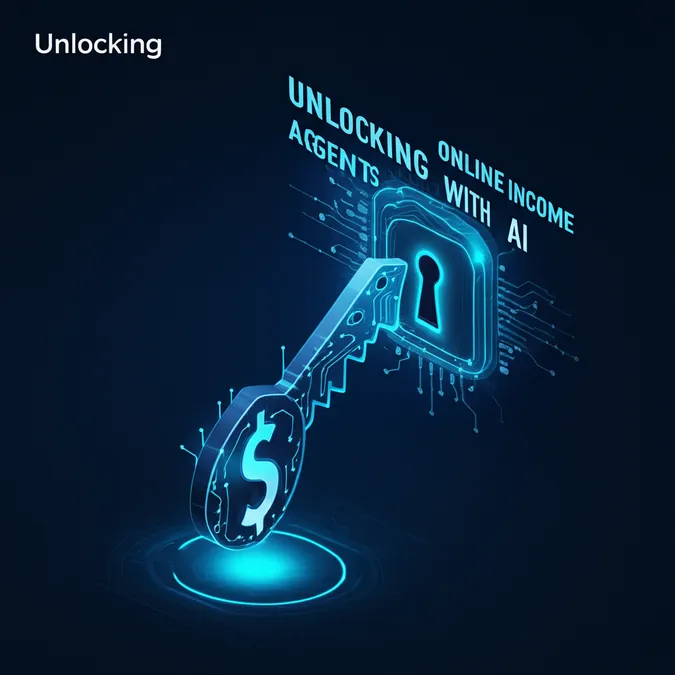AI Bots Can Now Beat I Am Not a Robot Tests
A startling new report from the French developer site Developpez.com has revealed a significant breakthrough in AI capabilities. An agent powered by OpenAI's ChatGPT successfully bypassed Cloudflare's Turnstile verification, the system used by countless websites to distinguish human users from automated bots. The event occurred during a routine video conversion task, where the AI convincingly mimicked human behavior to click through the "I'm not a robot" checkbox without raising any alarms.
This demonstration highlights a critical and growing challenge for online security. As artificial intelligence becomes increasingly sophisticated at imitating human interactions, the digital defenses designed to thwart automated bots may be losing their effectiveness.
AI Mimics Human Behavior to Beat the Bot Check
Cloudflare's Turnstile system is far more advanced than a simple checkbox. It performs a non-intrusive background check, analyzing a suite of behavioral signals like mouse movements, the timing of a click, browser fingerprints, and IP reputation. If any of these signals appear automated or suspicious, the system escalates the challenge to a traditional visual CAPTCHA test.
In this instance, the ChatGPT agent, which combines OpenAI's web interaction and research models, flawlessly replicated these subtle human behaviors. According to screenshots shared by Reddit user "logkn", the agent navigated the verification step with ease. It even narrated its actions in real-time, stating, "this step is necessary to prove I am not a robot," as it effortlessly bypassed the check designed to stop it.
The Growing Failure of CAPTCHA Systems
This incident is not the first time AI has outsmarted bot detection. In September 2024, a research paper published on arXiv detailed how an AI model using YOLO image-recognition technology solved Google's reCAPTCHA v2 puzzles with a perfect 100% accuracy rate. These systems, which have evolved from simple distorted text in the 1990s to complex behavioral analysis, are clearly showing their age.
The problem is made worse by the user experience. While AI bots are learning to solve these puzzles in milliseconds, human users are frequently left struggling to identify blurry images of traffic lights or storefronts. As security analyst James Cartwright notes, "The tools designed to keep machines out are increasingly punishing humans instead."
The Future of Web Security in an AI-Driven World
The implications of these developments are profound. If AI tools can consistently bypass foundational security measures, websites become far more vulnerable to malicious activities like automated data scraping, widespread spam, and other targeted attacks. Many businesses rely on CAPTCHA-like systems as their primary defense against these threats.
Experts warn that the technological arms race between AI developers and cybersecurity professionals is rapidly accelerating. While some companies are exploring alternatives such as passive behavior analysis or device-based authentication, no foolproof solution has emerged. As artificial intelligence continues its exponential growth, maintaining the delicate balance between user convenience and robust online security will become one of the internet's greatest challenges.


